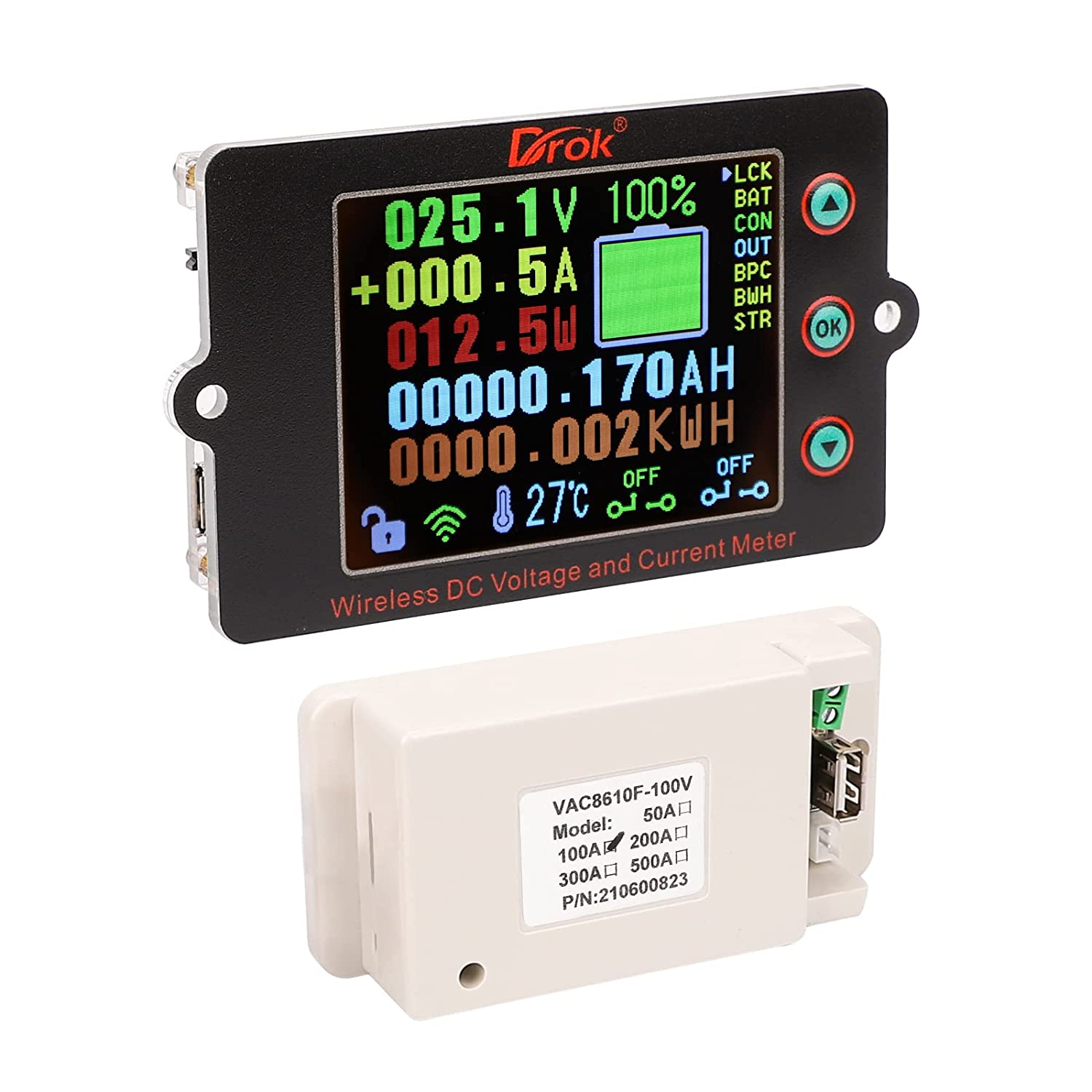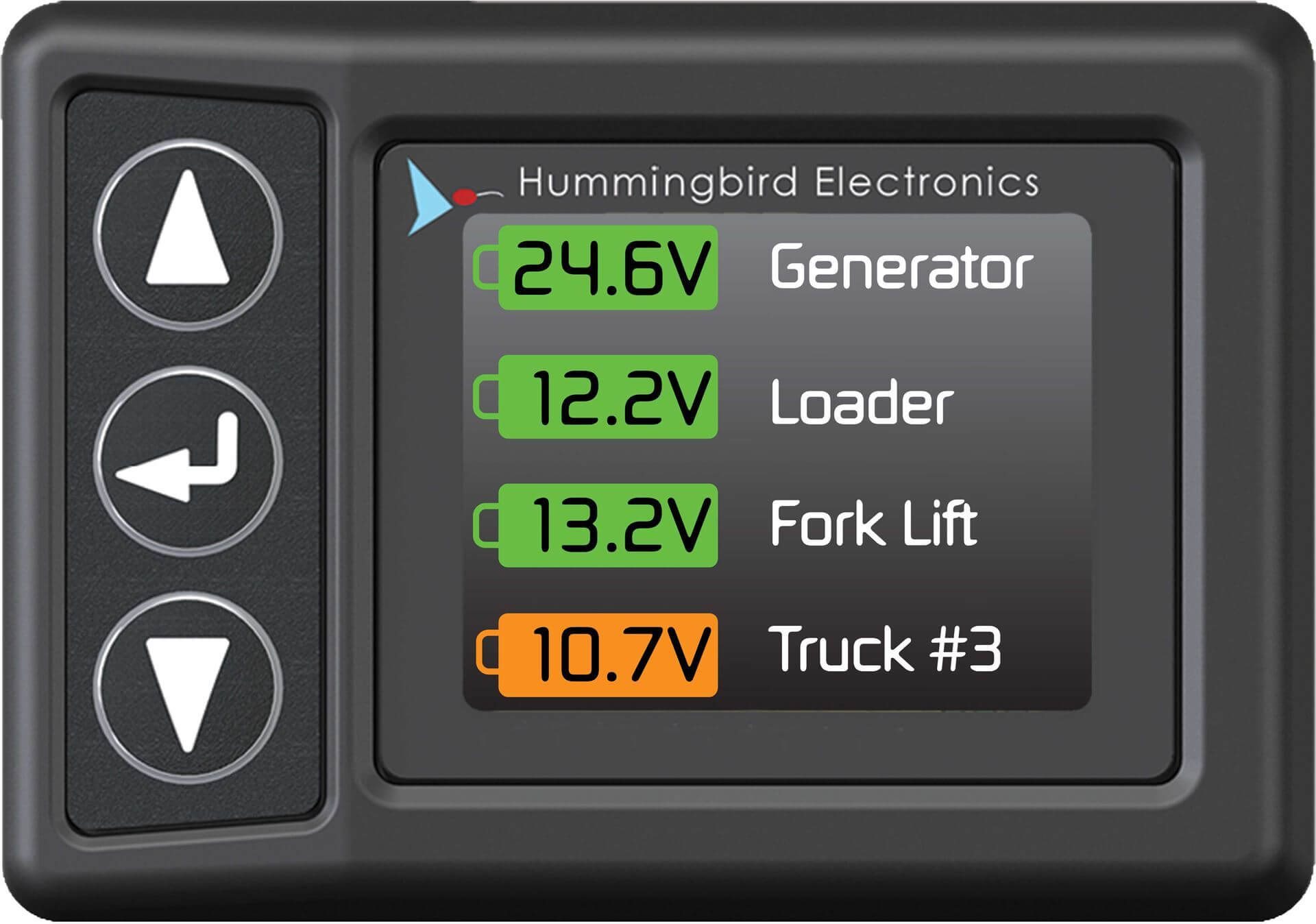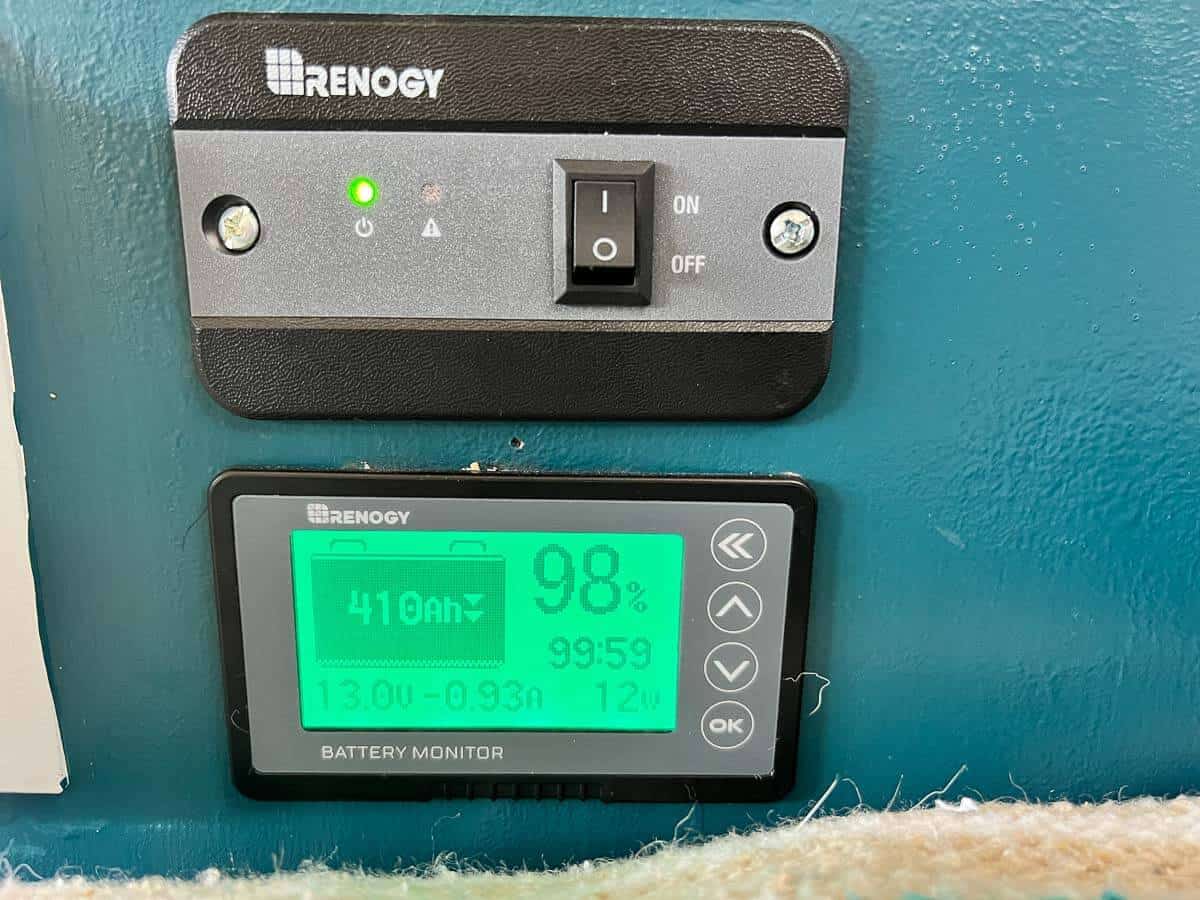The Importance of Battery Monitor
The Ubiquity of Battery-Powered Devices
In our increasingly connected world, battery-powered devices have become an integral part of our daily lives. From smartphones and laptops to power tools and IoT (Internet of Things) gadgets, the seamless operation of these devices is often contingent on their battery performance and longevity. Effective battery management is crucial to ensure the reliable and prolonged use of our devices. This is where battery monitor play a pivotal role, providing users with real-time insights and data-driven controls to optimize battery usage and extend device runtime.

Understanding Battery Monitor
Definition and Key Functions
A battery monitor is a device or software application that tracks and displays information about a battery’s charge level, health, and performance. These monitors can provide valuable data points, such as the current charge level, remaining runtime, and battery degradation over time.
Types of Battery Monitor
Battery monitors can come in various forms, including standalone hardware devices, integrated software solutions, and even cloud-based platforms. The choice of battery monitor often depends on the specific device or application requirements, as well as the level of battery monitoring complexity needed.
Benefits of Using a Battery Monitor
Improved Battery Life and Runtime
By closely monitoring battery usage and providing data-driven insights, battery monitors can help users make informed decisions to optimize power consumption and extend the overall lifespan of their devices’ batteries.

Enhanced Reliability and Predictability
With real-time battery status information, users can better anticipate and plan for their device’s power needs, reducing the risk of unexpected shutdowns or interruptions due to depleted batteries.
Preventive Maintenance and Battery Health Monitoring
Battery monitors can track the overall health and degradation of a battery over time, enabling users to identify potential issues and take proactive measures, such as battery replacement, before complete failure occurs.
Key Features of Advanced Battery Monitor
Charge Level and Remaining Runtime Estimation
Sophisticated battery monitors can provide accurate estimates of the current charge level and the remaining runtime available, allowing users to make informed decisions about when to charge their devices.

Battery Charging and Discharging Patterns
Some battery monitors offer in-depth analysis of the device’s charging and discharging patterns, providing insights into battery usage behaviors and potential ways to improve efficiency.
Battery Cycle and Health Tracking
Advanced battery monitors can track the number of charge/discharge cycles a battery has undergone, as well as its overall health, to help users anticipate and plan for battery replacement or maintenance.
Integrating Battery Monitors into Device Management
Mobile Device Battery Monitor
For portable devices like smartphones and tablets, battery monitors can be integrated into the device’s operating system or available as dedicated mobile applications, offering real-time battery status updates and management tools.

Laptop and Desktop Computer Battery Monitoring
For laptops and desktop computers, battery monitors can be integrated into the system’s power management software or available as standalone utilities, providing comprehensive battery data and optimization capabilities.
Industrial and IoT Device Battery Monitor
In industrial and IoT (Internet of Things) settings, battery monitors can be embedded directly into the device hardware or accessed through cloud-based platforms, enabling remote monitoring and predictive maintenance of battery-powered equipment.
Choosing the Right Battery Monitor
Compatibility with Device and Power Requirements
When selecting a battery monitor, it’s essential to ensure compatibility with the specific device or system, as well as its power requirements and charging methods.
Features and Functionality Alignment
Consider the level of battery monitoring and management features needed, such as real-time data display, historical trend analysis, or integration with power management software.

User Interface and Ease of Use
The user interface and overall usability of the battery monitor should be intuitive and straightforward, allowing users to quickly access and interpret the relevant battery information.
Maintaining and Optimizing Battery Monitor Performance
Firmware and Software Updates
Regularly updating the firmware or software of the battery monitor can help ensure that it continues to provide accurate data and access the latest features and improvements.
Calibration and Recalibration
Proper calibration of the battery monitor, often performed by the user or through manufacturer-recommended procedures, can help maintain the accuracy of the battery status information.
Troubleshooting and Support
In the event of any issues or anomalies with the battery monitor, it’s essential to consult the manufacturer’s support resources or seek professional assistance to resolve the problem effectively.
The Future of Battery Monitor
Advancements in Battery Technology
As battery technology continues to evolve, with the emergence of new chemistries and power-dense solutions, battery monitors will need to adapt to provide accurate and comprehensive data for these evolving power sources.
Integration with Smart Home and IoT Ecosystems
The integration of battery monitors with smart home and IoT platforms can enable more seamless and centralized power management, allowing users to monitor and control the battery status of multiple devices from a single interface.
Predictive Maintenance and AI-Driven Optimization
Leveraging advanced analytics and artificial intelligence (AI), future battery monitors may be capable of predicting battery degradation patterns, providing proactive maintenance recommendations, and automatically optimizing power consumption based on user behavior and device usage.
The Cornerstone of Reliable Power Management
As the reliance on battery-powered devices continues to escalate, the role of battery monitors has become increasingly vital. These unsung heroes of the digital landscape provide users with the critical insights and control needed to maintain the reliable operation of their devices, whether it’s a smartphone, a power tool, or a mission-critical industrial asset.
Beyond the obvious benefits of extended runtime and improved battery health, battery monitors offer a level of predictability that is essential in our fast-paced, technology-driven world. With real-time data on charge levels and estimated remaining usage time, users can plan their activities with confidence, avoiding the frustration of unexpected shutdowns or disruptions.
The versatility of battery monitors is another key factor in their growing importance. From mobile apps that put power management at our fingertips to industrial-grade solutions that enable remote monitoring and predictive maintenance, these tools have the adaptability to serve a wide range of user needs and device types.
Conclusion
Battery monitors have become an indispensable tool in the modern, technology-driven world, empowering users to better manage and optimize the performance of their battery-powered devices. By providing real-time insights, preventive maintenance capabilities, and data-driven control, these monitors play a crucial role in ensuring the reliable and efficient operation of a wide range of devices, from smartphones and laptops to industrial equipment and IoT systems. As battery technology and digital ecosystems continue to evolve, the importance of battery monitoring will only grow, making it an essential component in the seamless integration and management of our power-hungry digital lives.
Leave a Reply